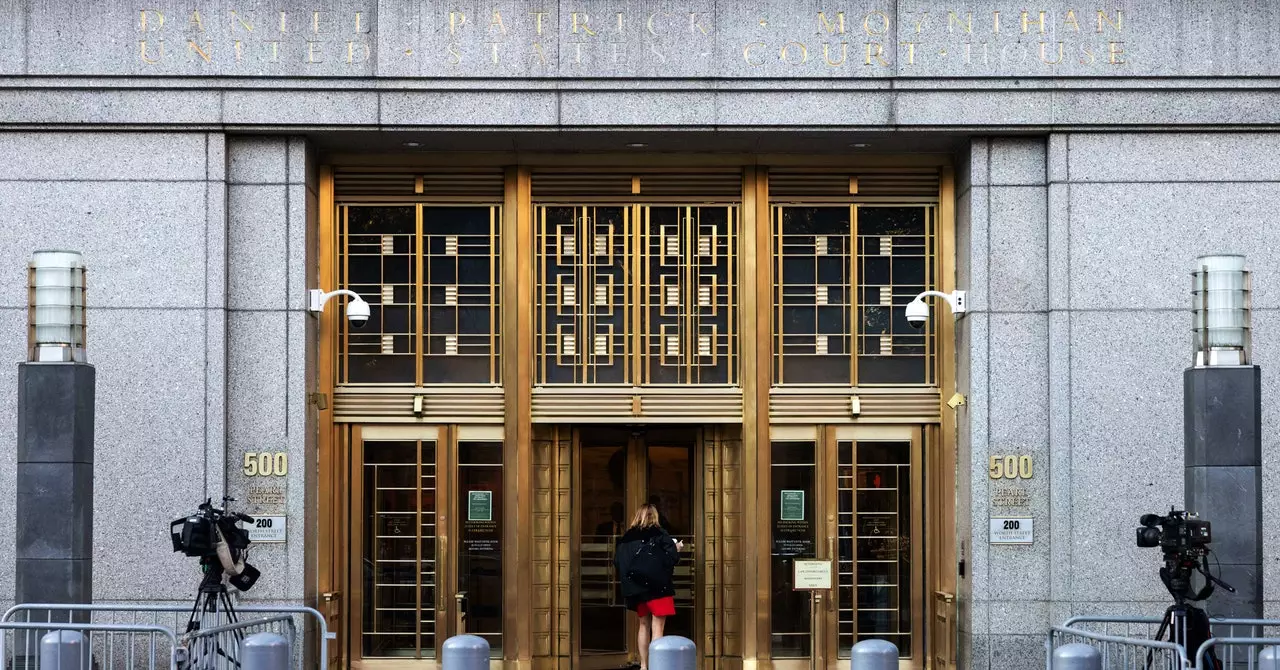The collapse of the cryptocurrency exchange FTX and the subsequent court proceedings represent a complex and significant event in the financial landscape. In recent developments, a Delaware judge has approved a reorganization plan that paves the way for former customers to receive an astonishing return on their investments. The implications of this decision extend far beyond just the immediate financial recovery for creditors, marking a potential turning point in bankruptcy proceedings within the cryptocurrency sector.
Judge John Dorsey recently granted final approval for FTX’s restructuring plan, which aims to refund billions to its customers who were adversely affected when the exchange declared bankruptcy in November 2022. The judgment was preceded by overwhelming support from creditors, which signifies a rare level of consensus in such contentious proceedings. Dorsey, recognizing the complexities inherent in Chapter 11 cases, praised the negotiations that led to this resolution: “I think this is a model case for how to deal with a very complex Chapter 11 proceeding.”
This approval signals a new chapter in the saga of FTX, which unraveled due to a scandal involving the misappropriation of customer funds. It emerged that billions had been funneled into high-risk financial maneuvers, personal expenditures, and luxurious real estate, all orchestrated by company insiders, including founder Sam Bankman-Fried, who has since faced criminal charges for his actions.
The reorganization plan proposed by FTX illustrates a novel approach to creditor recovery. For customers who lost access to their funds, the plan promises full refunds of their deposits, supplemented with interest—an outcome seldom seen in bankruptcy cases. Generally, unsecured creditors end up with a mere fraction of their claims, often barely breaking double digits in recovery rates. Vanderbilt Law School bankruptcy expert Yesha Yadav noted, “What tends to happen is that unsecured creditors get cents on the dollar if they’re lucky.”
However, the FTX case has proven atypical, thanks to the adeptness of the estate’s administrators in recovering assets. This involved liquidating investments from FTX Ventures and Alameda Research, alongside capital recovered through the Justice Department’s actions against FTX insiders. Additionally, the revival of cryptocurrency prices since the firm’s collapse has further augmented the available resources for redistribution.
Suspended Claims and Unforeseen Equity Recovery
A notable aspect of the approved plan involves cooperation from various governmental bodies, including the Internal Revenue Service (IRS) and the Commodities and Futures Trading Commission. These agencies have consented to suspend high-value claims against FTX until all creditors are compensated. This agreement embodies a spirit of collaboration that is often absent in traditional bankruptcy cases.
Perhaps equally surprising is that even FTX equity holders, usually last in the queue for payouts, are set to recover up to $230 million, an amount generated through the Department of Justice’s seizure of funds from implicated company executives. This unprecedented treatment underscores the exceptional nature of the FTX bankruptcy and challenges prevailing norms of creditor hierarchy.
Claims Valuation: A Controversial Aspect
Despite the optimistic outlook for refunds, not all creditors are satisfied, particularly concerning the valuation of their claims. The standard practice known as “dollarization,” which assigns a dollar value to cryptocurrency holdings based on their worth at the bankruptcy filing date, has raised concerns. Many creditors held significant amounts of cryptocurrencies like Bitcoin that have since appreciated in value, leading to a disconnect between the value of their claims and the current market rate.
Yadav pointed out that while dollarization is legally justified under bankruptcy law, the assertion that refunds are “over 100 percent” is misleading considering the actual buying power of their original assets now, post-recovery. This discrepancy reveals a complex interplay between legal frameworks and market dynamics, illustrating the need for ongoing scrutiny of how claims are valued in cryptocurrency bankruptcies.
Ultimately, the FTX case stands as a critical study in both the potential and pitfalls of cryptocurrency regulation, bankruptcy law, and corporate governance. While providing a model for extraordinary recovery, it also opens questions about how future claims will be handled, particularly as digital assets continue to fluctuate wildly in value. As stakeholders digest these developments, the emergence of clearer regulations and guidelines may very well shape the recovery landscape of the cryptocurrency industry moving forward.

